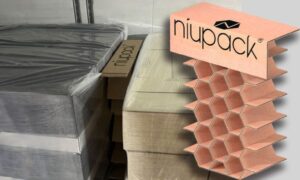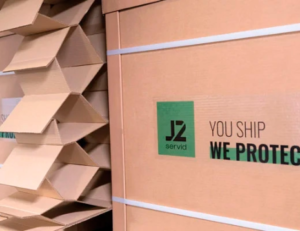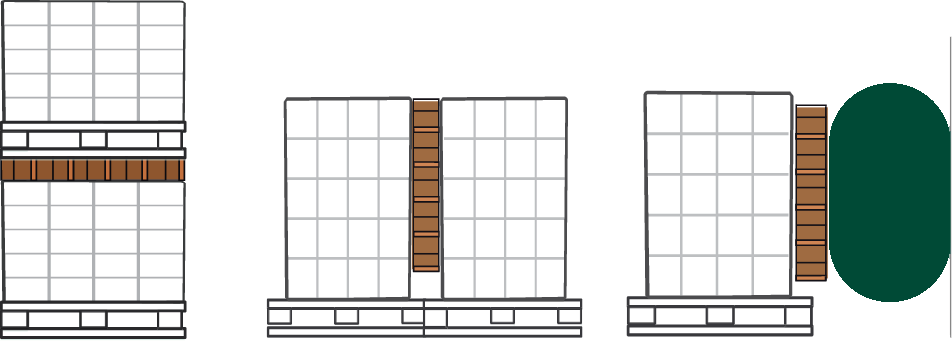
The transportation of goods is a vital process for any business that depends on the supply of products. However, this process can be affected by problems arising during the transport of goods by road, such as the domino effect, which occurs when small gaps are left in the middle of the goods and pallets fall or tilt, causing the goods to fall in a chain. This can result in costly damages and delays in product delivery.
Strategies to avoid the domino effect in the transport of goods: how to protect your products from falls and chain damage
To avoid the domino effect in the transportation of goods, it is essential to implement strategies that protect products from falls and chain damage. One of the most effective strategies is to use appropriate packaging. This involves using high quality and resistant materials, as well as using padding or separation to prevent products from moving in and out of the packaging during transport.
At Niupack we have a variety of products designed to avoid this:
- Niupack Top, ideal for truck transport and especially for the consumer goods sector, when the goods do not occupy the entire perimeter of the pallet.
- Niupack Large, useful for covering large gaps and as a more sustainable alternative to inflatable bags. Very useful for sea container.
- Niupack Panel is the rigid, non-folding model, and is ideal for stabilizing pallets that have been stacked.
- Niupack Block, ideal for separating and stabilizing overturned loads and for separating irregular goods.
Another key strategy is to properly secure loads. This involves using fastening systems, such as lashing straps, to keep the products in place inside the transport vehicle. It is also important to distribute the weight of the load correctly to avoid imbalances that could cause falls or damage.
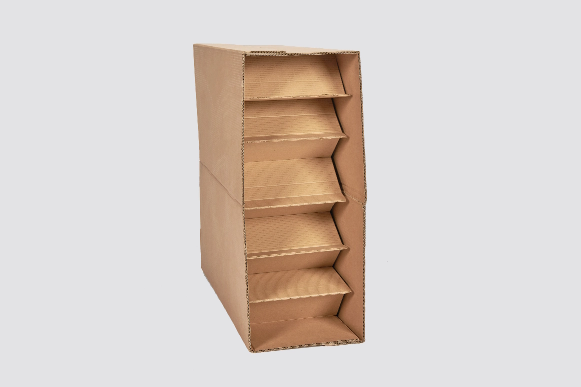
In addition to implementing strategies to protect products during transportation, it is important to prevent future problems that may cause the domino effect. One way to do this is to carry out an adequate inventory and classification of the products. This will make it possible to identify those most susceptible to damage during transport and to take additional measures to protect them.
It is also advisable to work closely with the transportation service providers, checking that they comply with standards and procedures. This includes verifying the reliability of the vehicles used for transportation, the quality of the materials, as well as the experience and training of the personnel in charge. It is important to establish liability agreements in case of damage to the goods during transport, to avoid conflicts and speed up the replacement or compensation process.
Consequences of damage and falls in transportation
Damage and falls in the transport of goods can have serious economic consequences. First, damaged or lost products can represent a direct loss of revenue for the business. In addition, the costs associated with replacing damaged products, as well as extra transportation and handling expenses, can significantly increase operating costs.
Another aspect to consider is possible delays in product delivery. This can cause customer dissatisfaction and affect the reputation of the business. In addition, delays can also lead to financial penalties in commercial contracts, which would further increase costs.
In short, avoiding the domino effect in the transport of goods is essential to keep products intact and minimize costs. Implementing appropriate packaging strategies, properly securing cargoes and preventing future problems are all key to achieving this. It is important to consider the consequences that can arise from damage and falls in the transport of goods, and to take proactive measures to avoid them.



